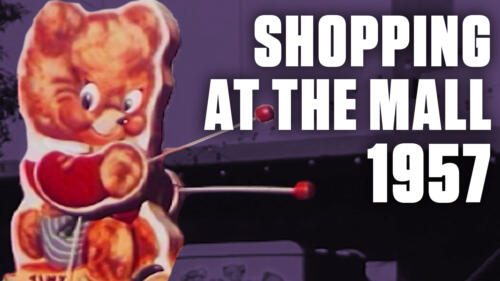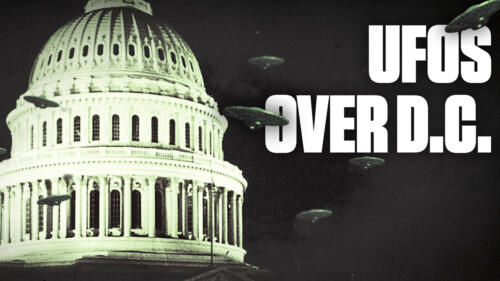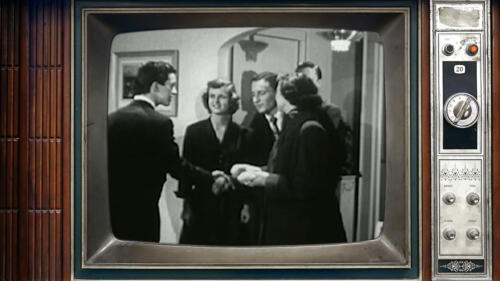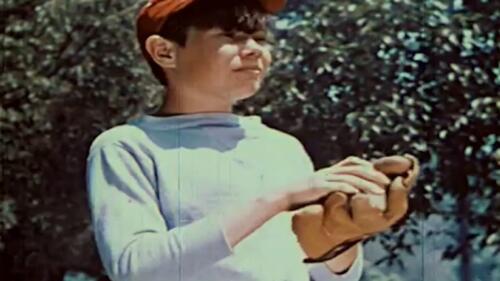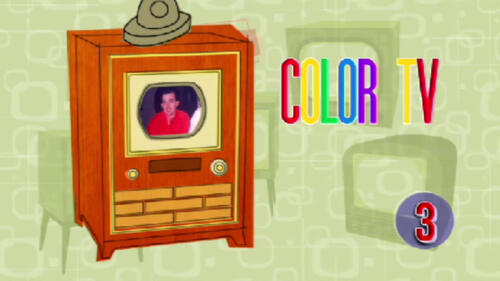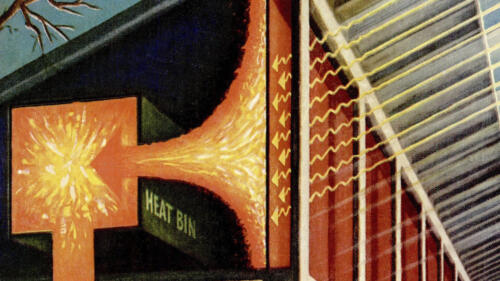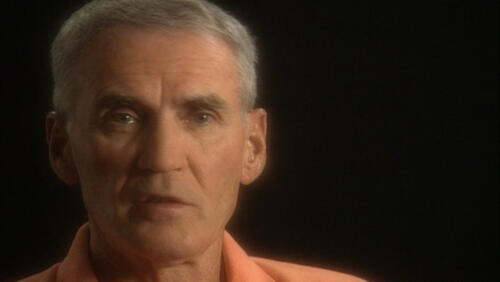1950s
The 1950s in America saw a post-World War II economic boom, the dawn of the Cold War and a burgeoning of the civil rights movement. With the help of the G.I. Bill, many (mostly white) returning U.S. veterans drove demand for suburban homes, new cars and other consumer goods. But the decade also brought great conflict and division, as Black Americans increasingly organized to fight discrimination and as the crusade against communism intensified both at home and abroad in the Korean War.

Start Here

The Cold War conflict was a civil war that became a proxy battle between the superpowers as they clashed over communism and democracy.

The parties swept the nation during the 1950s and 1960s—and were more than they seemed.

Pioneering shows from the 1950s, like 'I Love Lucy,' would help shape the medium for decades to come.

When the governor of Arkansas failed to integrate Central High School, President Eisenhower called in federal troops to protect the Little Rock Nine.
Flashback
Flashback: What Makes A Good Party?
House parties in 1950s didn't really look like those you go to today. This flashback looks at how teenagers had fun in a much simpler time.
3 Major Events of the 1950s
Explore All Related Topics

James Dean, Natalie Wood and Sal Mineo embodied youthful defiance on screen—and left behind some of Hollywood’s most tragic legacies.

We have an actor to thank for the stereotypical voice, matey!

How much did Ian Fleming use his WWII experience to create 007?

These standout titles don’t just recount battles.

It ushered in the era of high-speed jet combat.

From desegregation at Little Rock to MLK's Selma-to-Montgomery march to the Cuban refugee crisis, these are major moments when U.S. presidents have deployed troops in America.

Legendary slugger Ted Williams served twice—in WWII and Korea.

In 1952, news stations combined two new technologies—the TV and the computer—to forever transform how voters experience election night.

The 19 steel statues in the Korean War Memorial represent both a literal, and symbolic tribute to those who fought in 'America's Forgotten War.'

The construction of the interstate highway system in the mid-1950s forever changed the road once known as "America's Main Street."

The parties swept the nation during the 1950s and 1960s—and were more than they seemed.

Wars, oil crises and a pandemic have all played a part in driving up inflation over the past century in the United States.

While Monroe and DiMaggio's marriage was brief and tumultuous, the world became captivated with the ultimate pairing of sports and cinema royalty.

In February 1959, nine hikers were killed while trekking in the Ural Mountains. The Soviet government originally attributed a “compelling natural force” as the cause.

Prom wasn't always about the dress, the limo and the 'prom-posals.'

It came. It thawed. It conquered. Along the way, the frozen meal in a box had multiple creators.

The 1955 announcement of a new vaccine was met by jubilation. But doubts and problems soon followed.

Since little was understood about the virus that left some paralyzed and others dead, fear filled the vacuum.

Bild-Lilli was risqué—and just what Barbie inventor Ruth Handler was looking for.

Designers fashioned a mid-century world visually inspired by Dr. Strangelove, Edward Hopper paintings and more.

The humiliating abuse of African dignitaries under Jim Crow laws helped pressure the government to finally throw its weight behind civil rights legislation.

Law enforcement knew who killed Harry and Harriette Moore on Christmas in 1951. So why wasn’t justice served?

Despite what adults of the era wanted, their kids had very different ideas about what it meant to have fun.

Sergeant Reckless was the only animal ever awarded an official rank in the Marine Corps.

With his trademark white suit and goatee, the Kentucky Fried Chicken founder is recognized the world over. But who was he really—and was he actually a colonel?

Look back at the problem-plagued unveiling that some park employees dubbed “Black Sunday.”

The future fast-food giant started out as anything but swift, serving up slow-cooked barbecue. How did it become the behemoth it is today?

Check out seven things you may not know about the iconic entertainer.

California's In-N-Out Burger brought drive-thru dining to the mainstream—and Americans haven't looked back since.

During the 1950s, the United States was the world’s strongest military power. Its economy was booming, and the fruits of this prosperity–new cars, suburban houses and other consumer goods–were available to more people than ever before. However, the 1950s also saw great conflict. The nascent civil rights movement and the crusade against communism at home and abroad exposed underlying divisions in American society.

At the 1950 World Cup, the United States pulled off one of the greatest upsets in the history of sports, beating all odds to defeat the polished English team.
